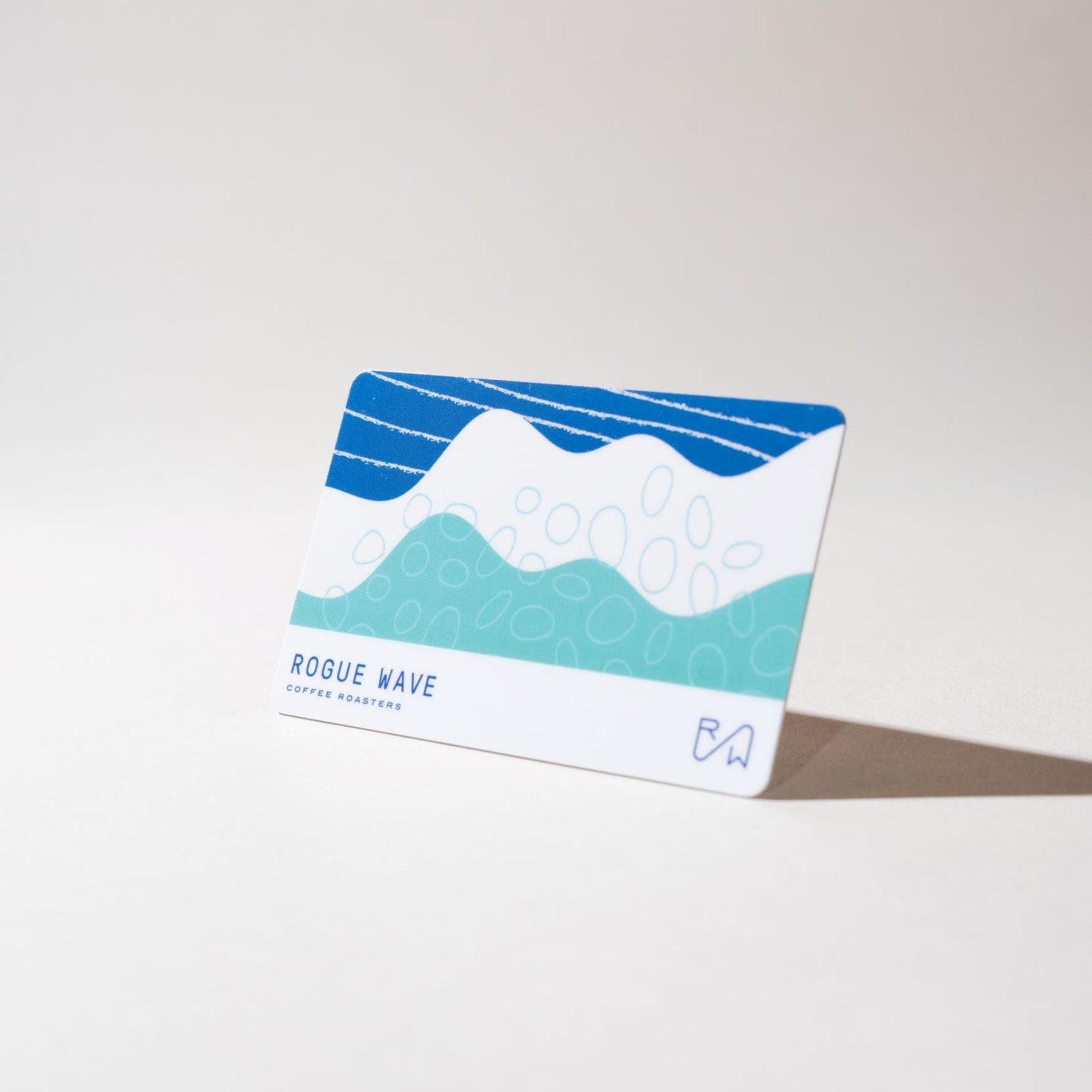When the Dutch first brought coffee to Indonesia it was cultivated on large estates that would later become government owned after independence. The estate that occupied this land previously was built before 1928 by a certain H.J. Stock Van Dykk, and abandoned sometime during the advent of Indonesian independence (1945-1949). The Rantekarua Estate, located in the Bittuang district of Tana Toraja Regency, South Sulawesi province on the island of Sulawesi, remained mostly abandoned until Samuel Karundeng, the current Director at the mill, found the old Dutch house and coffee trees at the site in 1986. Subsequently, the government gave cultivation rights to PT Sulotco Jaya Abadi in 1987.
Since that time, the 3000-acre estate has undergone substantial renovation and become a beacon of innovation particularly in matters of land conservation. More than 500 acres have been converted into natural forest and coffee cultivation is managed with organic inputs. Manure from more than 2000 sheep grazing on the estate, and provided to local smallholders, is used as a major source of organic fertilizer. Further, Sulotco has become the site of testing for various coffee variety trials, where standout cultivars will be chosen for introduction around the estate and provided to local farmers through their nursery system. What was once overgrown and abandoned is now one of the region’s most notable coffee production facilities.
During the harvest, cherries are picked and transported to the Sulotco processing facility in the Bolokan valley. There, the cherries are floated for selection and washed. After washing, the coffee is moved to covered, raised beds and dried in successively thicker piles as the drying process proceeds. After a period of 20 days or more the internal moisture reaches 11 percent, a moisture percentage acceptable for export. The coffee is then rested as dried pods in containers for a few weeks more before hulling in order to ensure proper distribution of moisture throughout the mass of coffee. The resulting coffee is hulled and packaged for export at what we have found to be remarkably steady numbers for both moisture content and water activity. At Sulotco, all drying is done on raised beds with covers, ensuring consistent and reliable drying practices, something incredibly important for a fruit-dried coffee like this one.










